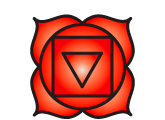Introduction to the Chakras
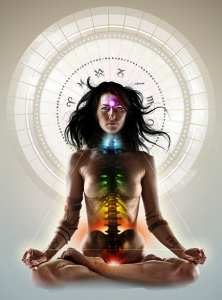
Sahasrara
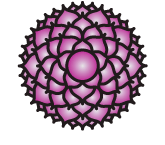 Sahasrara, which means 1000 petalled lotus, is generally considered to be the state of pure consciousness, within which there is neither object nor subject. When the female kundalini Shakti energy rises to this point, it unites with the male Shiva energy, and a state of liberating samadhi is attained. Symbolized by a lotus with one thousand multi-coloured petals, it is located either at the crown of the head, or above the crown of the head. Sahasrara is represented by the colour white and it involves such issues as inner wisdom and the death of the body.
Sahasrara, which means 1000 petalled lotus, is generally considered to be the state of pure consciousness, within which there is neither object nor subject. When the female kundalini Shakti energy rises to this point, it unites with the male Shiva energy, and a state of liberating samadhi is attained. Symbolized by a lotus with one thousand multi-coloured petals, it is located either at the crown of the head, or above the crown of the head. Sahasrara is represented by the colour white and it involves such issues as inner wisdom and the death of the body.
Ajna
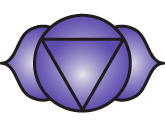 Ajna is symbolised by a lotus with two petals, and corresponds to the colours violet, indigo or deep blue, though it is traditionally described as white. It is at this point that the two side nadis and Pingala are said to terminate and merge with the central channel Shashuma, signifying the end of duality. The seed syllable for this chakra is the syllable OM, and the presiding deity is Ardhanarishvara, who is a half male, half female, Shiva/Shakti.
Ajna is symbolised by a lotus with two petals, and corresponds to the colours violet, indigo or deep blue, though it is traditionally described as white. It is at this point that the two side nadis and Pingala are said to terminate and merge with the central channel Shashuma, signifying the end of duality. The seed syllable for this chakra is the syllable OM, and the presiding deity is Ardhanarishvara, who is a half male, half female, Shiva/Shakti.
The sixth chakra is about seeing in the deepest sense. What does it mean to really see? Even when our eyes are open, we remain unaware of many things that are within our visual field. To see deeply requires a focus of consciousness in a particular direction and to look at something long enough to turn its patterns into meaning. It is this kind of seeing that is the basis of insight, the ability to see inside, and to perceive the patterns we create. Through insight we are able to free ourselves from constricting patterns and to achieve liberation.
– Alesha McCully
Vishuddhi
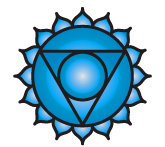
Anahata
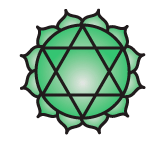
Manipura
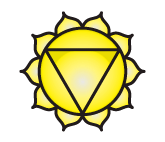
Swadhisthana

Muladhara
